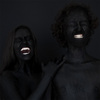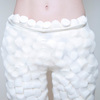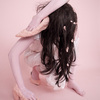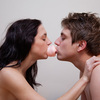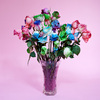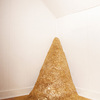A Conversation with CPC 2012 Winner Olivia Locher
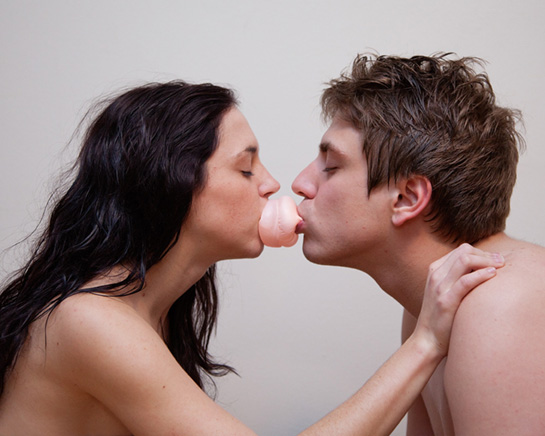
Olivia Locher, an extremely prolific photographer, is one of the winners of the 2012 Conscientious Portfolio Competition. Justifying my choice I wrote: “With so much talk about photography being over or dead, we might as well admit that it is, have a jazz funeral, and continue enjoying the medium, now more than ever. I think this is what Olivia Locher is doing with Another Day on Earth, fearlessly unafraid to produce pictures that either conform to or subvert standard conventions. Photography is dead - long live photography!” I spoke with the artist about her approach to photography in the conversation you can find below. (more)
Jörg Colberg: Let’s start with a very simple question first - what makes a good photograph?
Olivia Locher: I think that the first step to a good photograph is the importance that it holds to the creator. I myself find that I am attracted to artists who follow their vision and make work without consideration for an audience.
JC: Could you be a bit more specific, maybe giving an example, an artist whose work you admire (and why)?
OL: Two photographers whose work I respond to very well are John Baldessari and Lucas Samaras. I am always curious about the hands involvement in photography. I love when media are mixed and photographers play. Especially in the work of Samaras, it’s so imaginative and wild. Looking onward from photography, I really admire Arthur Russell, the musician; he is my all time favorite artist. His work was so pure and beyond its time.
JC: Given you’re in your very early 20s and given there is so much work on your website I’m curious to learn what drives you to take photographs. Why photography? What does photography offer you as a medium?
OL: I believe that it is crucial to be constantly producing while also conditioning technique. I set up little shoots for myself at least twice a week to stay in practice. Making photographs is something that feels very natural to me, it has been the best way to express my ideas. All of my individual images start from a single idea and once I have it I let it dictate everything. To find the best ideas you have to go deep within yourself. To do this I practice transcendental meditation twice a day, every day, and by doing so I believe it keeps the ideas coming.
JC: Another Day on Earth appears to combine elements from conceptual photography as much as from fashion photography, plus possibly more. I’m curious about your approach to project like this one - does the idea come first? Or do you start out with pictures, forming a body of work as you go?
OL: Growing up I was always interested in fashion and art, my interests didn’t lie in much of anything else. As a result I think the two elements effortlessly combined for me without much consideration. With Another Day on Earth each image is based off of a separate idea (and is always growing), whether it be, an image of teeth, big piles of gold, painted flowers, etc. I think they all end up singing the same song even though they may be drastically different in tune.
JC: I wonder whether you could go into a few more details here, since I (and I think the readers as well) am very interested in your process. Having a lot of separate ideas is great, but it’s not that common to see them all work together well. In other words, is there some idea of that same song that you use as a map (of sorts), or what else might there be going on?
OL: I believe that imagery can have a conversation and relate even if the images are slightly unrelated. But I think editing becomes crucial to make this sort of thing happen. When a new image is created it starts a dialog for new ideas to come about in relation to the last image. I consider each set of photographs to be like building sculpture, you have some works already existing and they help you decide what to create next.
JC: And how do you juggle the variety of imagery, making sure that everything fits together? (assuming you want to, at least in part reveal your secrets)
OL: I find myself making a lot of images on impulse. As soon as I get an idea that I like, I put it into motion very quickly. Making work in this way results in a lot of images (a lot of them which get put on the back burner for some time). Although I believe that whenever an individual makes images they will all somehow fit together because of the general ascetics being used. I spend a lot of time looking at and living with my work, and by doing so a clarity seems to form what to place together.
JC: Many photographers are very bad editors, but you don’t seem to have that problem. How do you approach the editing process, in particular given there appear to be quite a few on what you call the back burner?
OL: For editing I generally go with my gut and the phrase “first thought best thought”. The images that get put on the back burner become the foundation to create future works.
 By
By 

